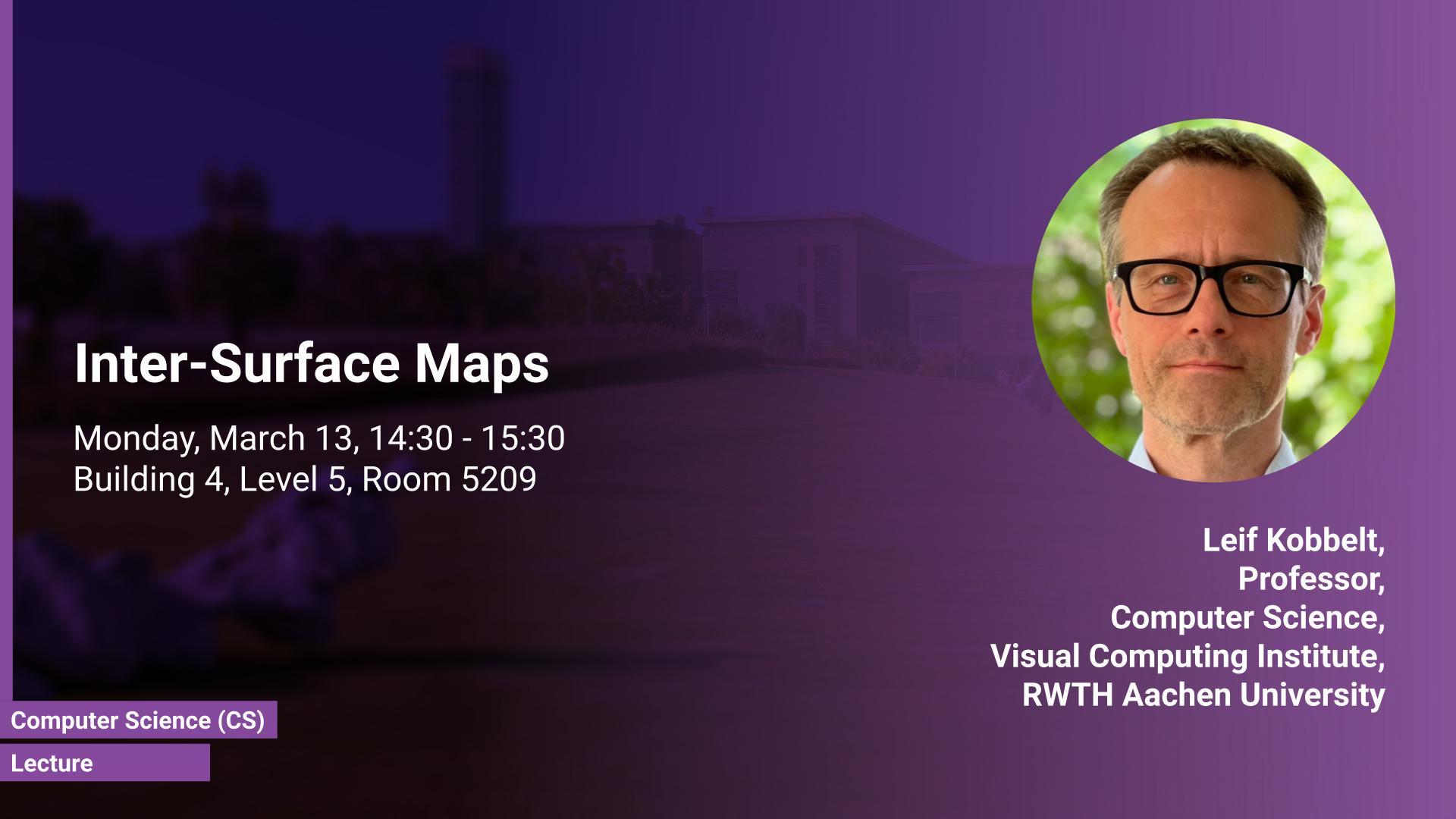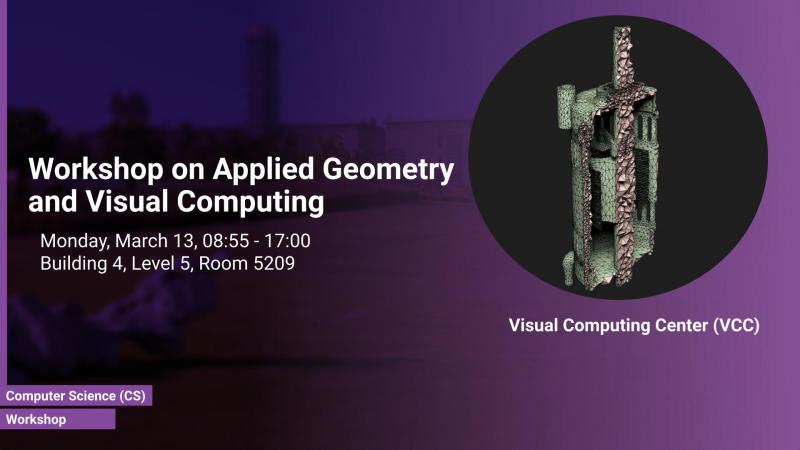Abstract
Many tasks in the analysis and synthesis of (collections of) 3D shapes boils down to computing a map between two surfaces. Such inter-surface maps can be used to establish correspondences, to transfer information or annotation from one object to another, or to plausibly deform one shape into another. If the two shapes are represented as polygon meshes, a continuous inter-surface map does not only assign the vertices of the source mesh to the target mesh but also maps the interior of the triangles which adds to the complexity of the task. The goal is to find a map with minimized distortion that in addition satisfies a number of constraints such as prescribed landmark correspondences. The problem becomes manageable by introducing an intermediate domain and then representing the inter-surface map as a concatenation of a map f from the source surface to the domain and a map g from the domain to the target surface. The distortion of the individual maps is irrelevant as long as g „undoes“ the distortion introduced by f. We start in the simple case of surfaces with disk topology where the intermediate domain is the plane.
For surfaces with arbitrary topology, we then generalize to intermediate domains with constant (non zero) curvature. Finally, we introduce an intermediate mesh on which we compute the inter-surface map in order to decouple the resolution at which the map is represented from the resolution of the source and target meshes. This enables the computation of a distortion minimized compatible triangulation for two surfaces.
Brief Biography
Leif Kobbelt is a German university professor for Computer Science with a specialization in Computer Graphics. Since 2001 he is the head of the Institute for Computer Graphics and Multimedia at RWTH Aachen university.
After receiving his diploma in 1992 and his PhD in 1994 in Computer Science from the Karlsruhe Institute of Technology he worked at the University of Wisconsin-Madison, the University of Erlangen–Nuremberg and the Max Planck Institute of Computer Science before he moved to RWTH Aachen University in 2001. Here he built up an internationally renowned research group which eventually led to the foundation of the Visual Computing Institute at RWTH in 2015.
His research interests include 3D reconstruction, efficient geometry processing, realtime rendering, digital fabrication and multi-media applications. Kobbelt published a substantial number of influential papers in international top-conferences and journals. He also acts as a consultant, reviewer, and editor for international companies, research organizations and journals, respectively.
For his research he was awarded with the Heinz-Maier-Leibnitz award in 2000, the Eurographics Outstanding Technical Contribution Award 2004, two Günther Enderle Awards (in 1999 and 2012), an ERC Advanced Grant 2013 and the Gottfried Wilhelm Leibniz Prize in 2014. He was nominated as a Fellow of the Eurographics Association (2008) and as a Distinguished Professor of RWTH Aachen University (2013). In 2015 he became a member of the Academia Europaea and in 2016 a member of the North Rhine-Westphalian Academy of Sciences, Humanities and the Arts.
Besides university teaching, Leif Kobbelt is very active in communicating scientific topics to the general public


